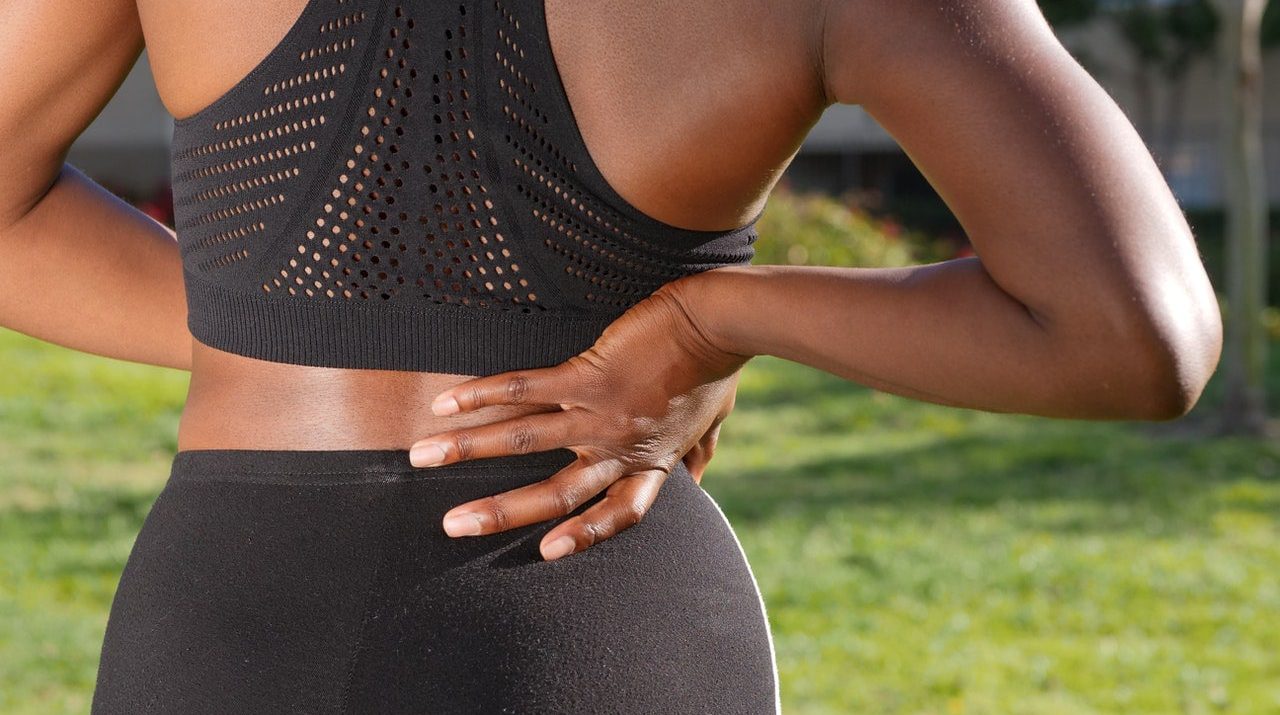Hip Physical Therapy
Hip joint connects the extremities to the trunk. It is a second major joint in our extremity which is responsible for carrying the weight of our upper body. As we stand, our weight is distributed evenly from our low back into both pelvic joints and into the hip towards each of our foot. Hence, it is a load bearing joint of our body and connects us to one of the strongest bone, the femur (thigh bone). Among many major muscles, the hip has two Major stabilizing muscles of our legs, Gluteus Medius and Gluteus Maximus. Hip Injuries or pain can be limiting and debilitating for daily activities. Discover top-notch Hip Pain treatment near you in NYC. Say goodbye to discomfort and hello to relief. Take the first step towards a painfree life today!

Common Symptoms that can be treated with hip pain treatment specialists near you
- Do you have pain at the groin, buttocks, upper thigh, low back?
- Do you have stiffness, tightness or loss of movement at the hips, buttocks and low back?
- Are you noting clicking, popping or grinding with movement or walking?
- Have you experienced instability or buckling at the hip?
- Do you experience difficulty bearing weight on the leg or with walking?
Common Causes that can be treated with hip pain treatment in nyc
- Bursitis
- Hip Osteoarthritis
- Femoral Acetabular Impingement (FAI)
- Tendinitis/Tenosynovitis/Tendonosis
- ITBand Syndrome
- Postural Dysfunction
- Gait Abnormality
- Snapping Syndrome
- Fractures
- Post Surgical
- SI Joint Dysfunction
- Labral tear
- Piriformis Syndrome
- Meralgia Paresthetica (Nerve Disorder)
- Congenital Disorders
- Sport Related Injuries
How We Can Help
With a complex anatomy and multiple small stabilizing muscles, hip pain can be very debilitating for our daily activities and sports. It affects our ability to walk, stand even sit and can result in low back and knee pain as well. Physical Therapy exercises for hip pain are critical for relief and resuming your daily life.
At Physis Physical therapy in midtown Manhattan we will evaluate your gait, stability and administer a series of functional tests to determine dysfunction in your movements and direct a rehabilitation care plan to address the limitations and improve your ability to do daily activities. The Focus will always be on FUNCTION.
